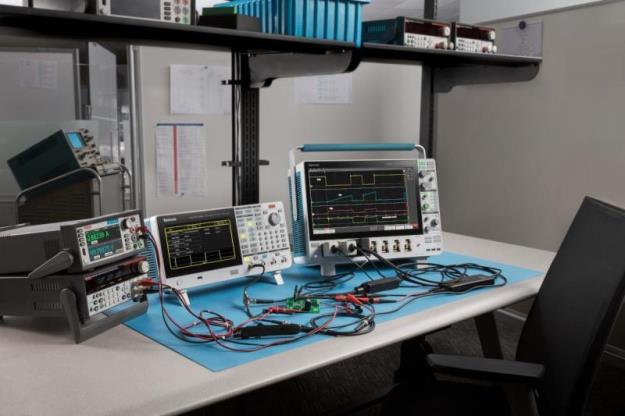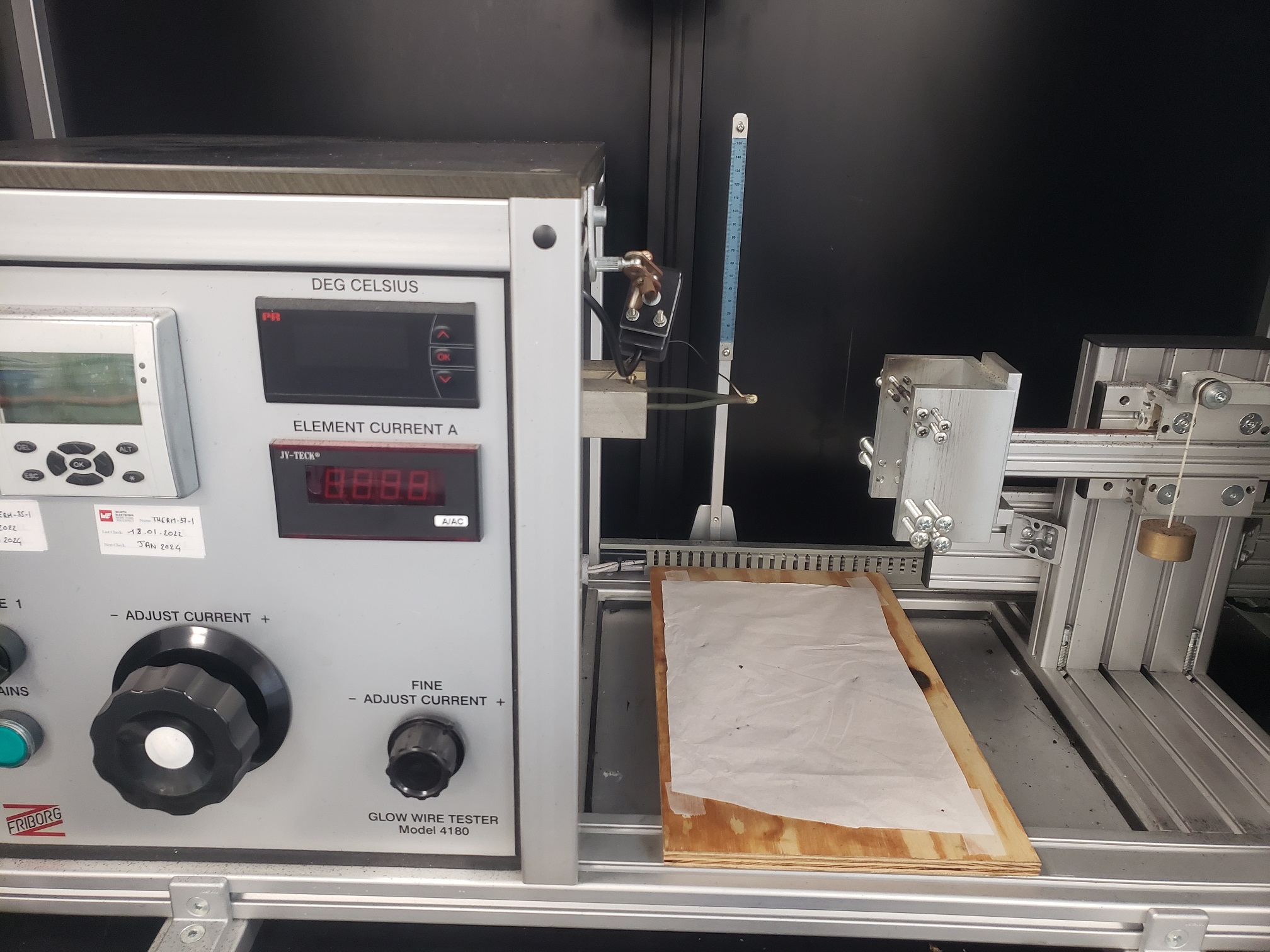 Door: CN Rood
Door: CN Rood Power conversion equipment is a critical component in modern electronics, from power supplies to energy storage and electric vehicles. To ensure these devices operate efficiently and reliably, a rigorous testing process is essential. With the adoption of wide-bandgap materials like silicon carbide (SiC) or gallium nitride (GaN), testing strategies have become more complex. In this blog, we will explore the four key testing phases required during the design and production of power conversion equipment.
1. Material-Level Testing
The first stage of testing occurs at the material level. The wide-bandgap material must be tested to determine its suitability for use in power conversion equipment. Testing is also conducted at the wafer stage to determine its specifications and behavior. Resistivity and Hall mobility are the main parameters measured in this phase, and the Van der Pauw method and Hall Effect measurement are the common techniques used for these measurements.
Parameter analyzers such as the Keithley 4200A-SCS are used for automatic Van der Pauw resistivity and Hall Effect measurements, saving valuable research time and eliminating the need to purchase a separate system to perform these tests.

2. Component-Level Testing
The next stage of testing occurs for components/devices fabricated on the wafer or as a stand-alone component. Device I-V characterization is performed to compare simulation data to actual measurement data. Post-manufacture component testing plays an integral role in the device designer’s creation of data sheets and quality control.
High-power source measure units (SMUs) are commonly used for I-V characterization measurements, and the Keithley 4200A-SCS is also capable of performing CV measurements. The 4200A-CVIV Multi-Switch can be added to the 4200A-SCS for additional advantages, such as measuring circuit-level capacitance directly and eliminating the need for external capacitors or shorts.

3. Circuit-Level Testing
The third stage of testing occurs at the circuit level. The switching characteristics of a MOSFET, for example, must be tested and characterized after installation in a circuit, typically by means of double-pulse testing using an Arbitrary Function Generator (AFG) to create the pulse test waveform. This testing measures parameters that include turn-on and turn-off characteristics as well as thermal behavior.
The Tektronix AFG31000 Arbitrary Function Generator offers built-in software for double pulse testing, eliminating the need to spend time creating waveforms on a PC or microcontroller. Instead, you can set up your double pulse test in under a minute right on the AFG31000.
4. System-Level Testing
The final stage of testing occurs at the system level. A fully assembled power module undergoes testing for its operating efficiency using a variety of instruments, including oscilloscopes, power supplies, isolated probes, and power analysis software. These instruments and the measurements they provide play a critical role in meeting regulatory guidelines as well as qualifying for certifications such as Energy Star compliance.

Innovations in test tools such as source measure unit instruments, capacitance-voltage units, arbitrary function generators, oscilloscopes, probes, and software tools enable design engineers at all phases of the life cycle to work toward power conversion equipment that can cost-effectively meet rigorous design requirements.
In conclusion, the testing of power conversion equipment is a complex process that requires attention to detail at every stage. By using advanced testing tools and strategies, engineers can ensure their designs meet the highest standards of quality and reliability. At CN Rood, we offer a wide range of test and measurement solutions to support engineers in the design and production of power conversion equipment.
Contact us to learn more about how we can help you meet your testing needs.



